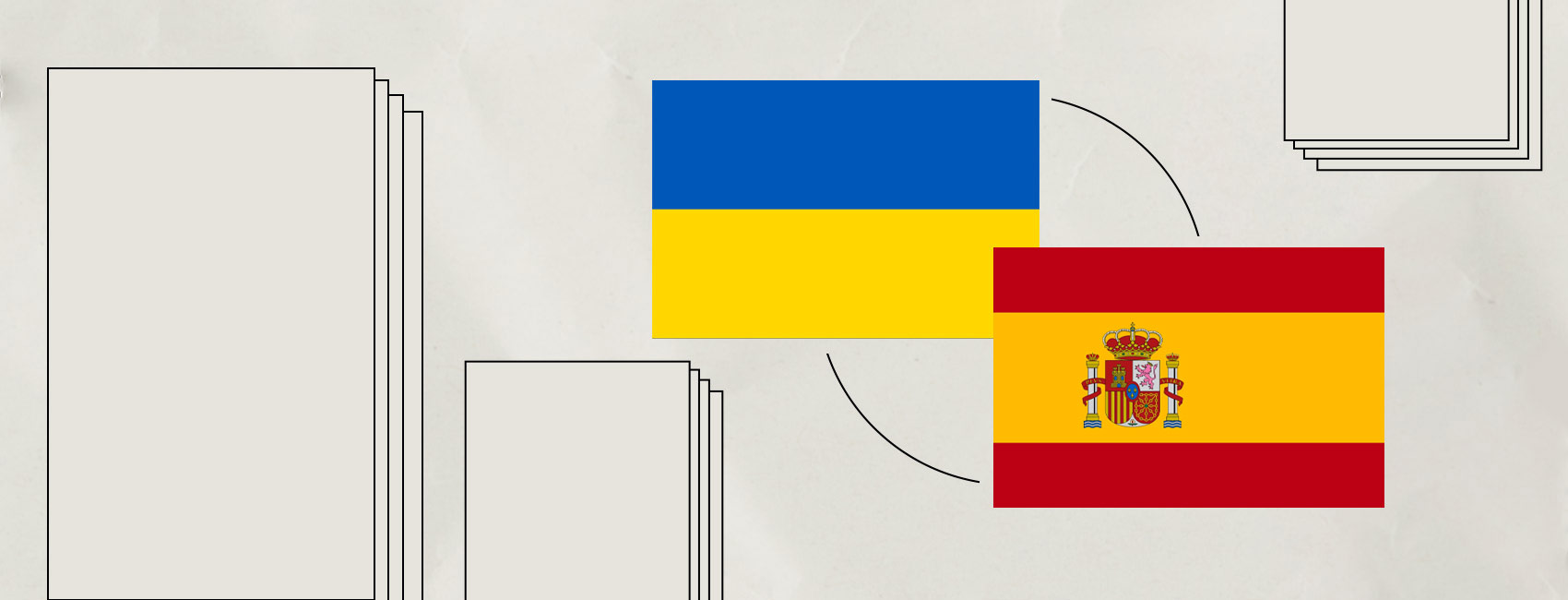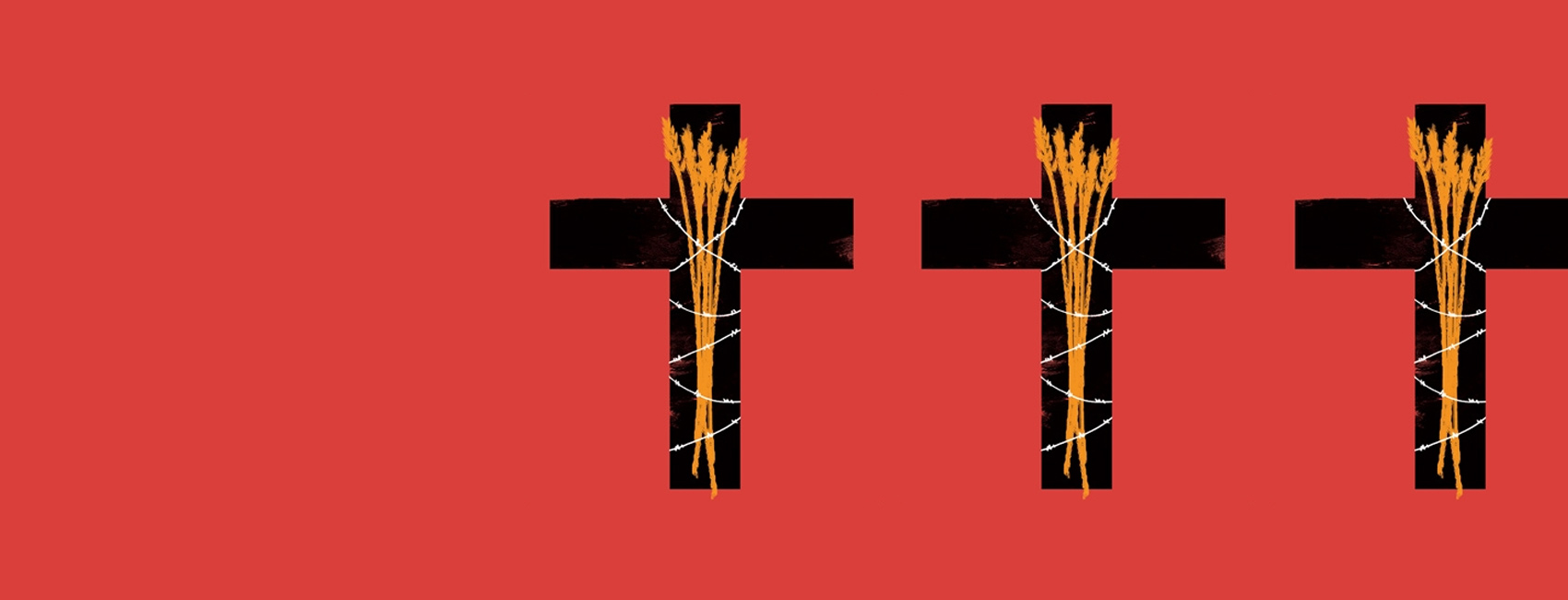* ESC - close the search window
Chytomo Picks
The Art of Contemplation: Why is Mykhailo Kotsiubynsky an important literary figure?
08.10.2024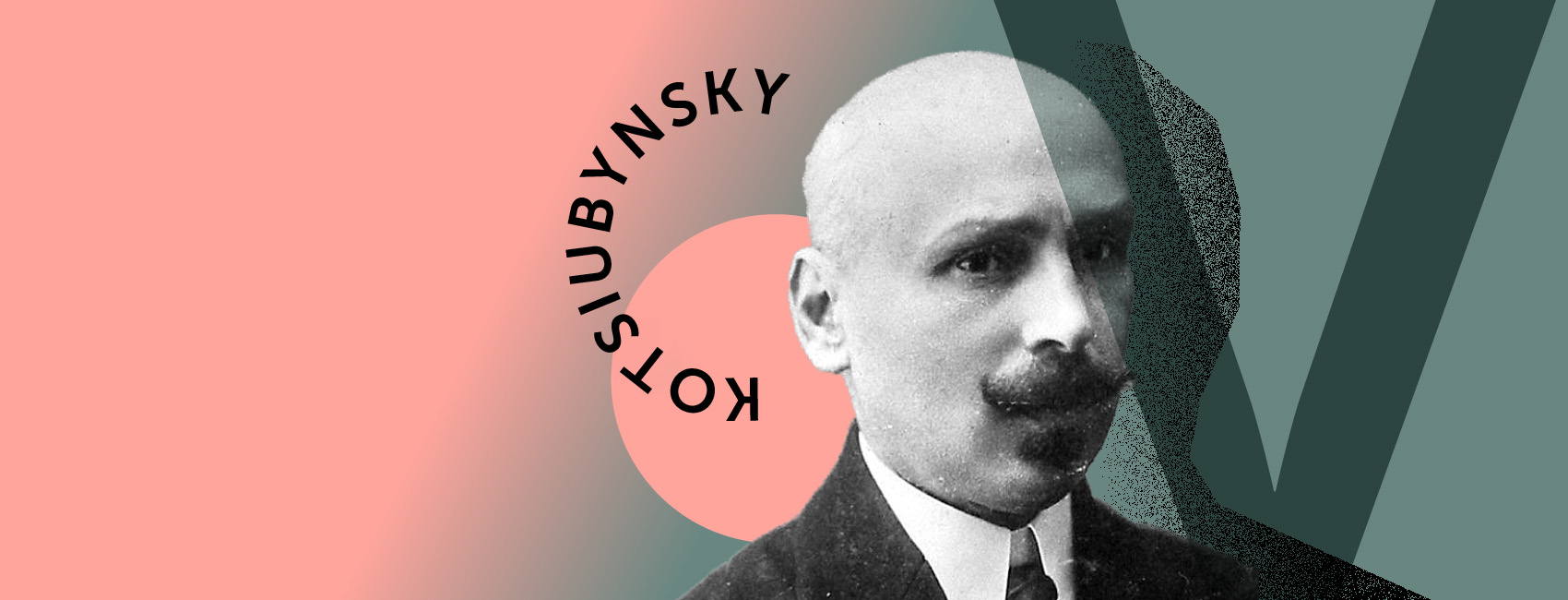
European literary scholars generally consider impressionism as an objective style and precursor to modernism. In Ukrainian literary discourse, impressionism was a modernist style that heralded a renaissance of Ukrainian literature. We have Mykhailo Kotsiubynsky to thank for this resurgence. He was not afraid to experiment and break the rules of classic literary genres, and as a result inspired the best and the brightest of the next generation of Ukrainian modernist writers.
Kotsiubynsky and national identity: How can you discover who you are without searching?
Kotsiubynsky didn’t like to talk about himself. The few autobiographical details that we know are found in his texts (these are limited to dates and places), for example: “I was born in 1864 in Vinnytsia in Podillya,” “I was first published in1890 in Lviv,” and “In 1892 I began my tenure on the Odesa Phylloxera Commission.”
There is one incident Kotsiubynsky describes in greater detail: He is eight. Having been raised in a Russian-speaking family, he speaks Russian. Then he is struck by an illness and develops a fever that leaves him bedbound. Suddenly, he spontaneously begins speaking Ukrainian — a language he has only heard spoken by his family’s domestic servants. The change surprises his family and Mykhailo himself. From that point on, he begins writing in Ukrainian.
After his recovery, Kotsiubynsky began composing songs inspired by Ukrainian folk melodies and lyrics, along with reading the works of Ukrainian authors, which informed his worldview. Later Mykhailo joined “The Brotherhood of Taras” — a revolutionary youth organization fighting for Ukrainian independence. After this, Kotsiubynsky published his first texts: “Andriy Soloviyko, or Science is Light, Ignorance is Darkness, “Kharytia,” “The Christmas Tree,” and others. The young author wrote these stories about the nation and for the nation, drawing inspiration from the works of the definitive Ukrainian realists of the time, in particular Ivan Nechuy-Levytsky.
A few years later, however, Kotsiubynsky will write in a very different voice
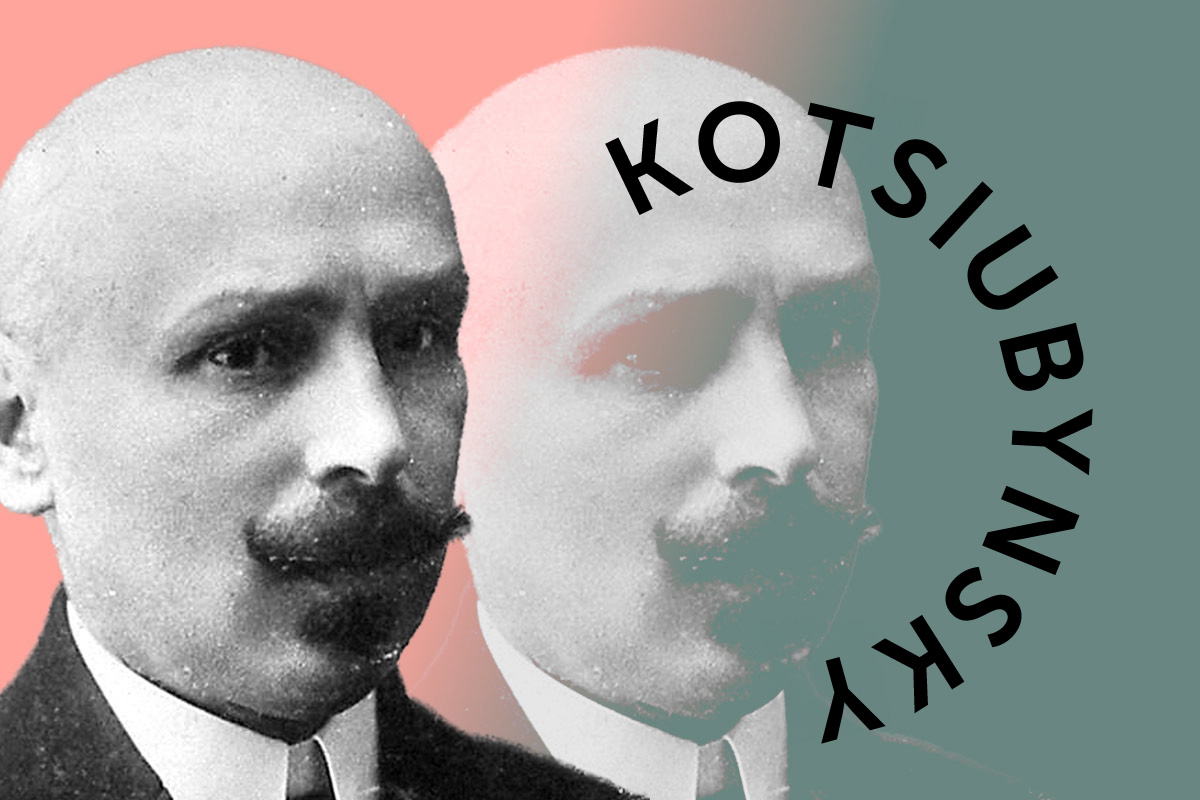
Phylloxera Commission: Bessarabian and Crimean cycles
1892, Bessarabia. Kotsiubynsky and his colleagues set out to uproot a vineyard infested with phylloxera. The work was emotionally challenging: they had to explain to the owner that his plants needed to be destroyed to stop the spread of the pest, thus enduring the grief of a person losing their livelihood for the greater good. This incident forms the basis of the novella “For the Common Good,” in which Kotsiubynsky depicts himself as the main character, the scientist Tykhovych, who tries to understand and endure the negative consequences of actions he has taken for the good of others. ”The Witch,” ”On the Hearth (published in Ukraine under the title Pe-koptyor, from the Moldovan),” “At a High Cost,” and “For the Common Good” form the Bessarabian cycle of the writer’s novels. In these texts Kotsiubynsky departs from objectivism: Without abandoning the social themes that interested the Ukrainian realists, Kotsiubynsky shifts his focus towards landscapes, depicting them in an impressionistic manner.
RELATED: ‘Whoever liberates themselves, shall be free.’ Lesya Ukrainka’s life and legacy
Three years later Kotsiubynsky transferred to the Crimean branch of the Phylloxera Commission, which inspired a cycle of novellas dedicated to Crimea. Kotsiubynsky incorporates the stories he has heard about from the lives of Crimean Tatars into his texts. For example, in “Under the Minarets,” the writer depicts the ecstatic dance of the whirling dervishes and a man’s miraculous recovery. In “In the Clutches of Satan,” the customs of Muslim women are described. He continues to write on the theme of the freedom of Muslim women in the “watercolor” (as self-described by the author) “On the Rock,” which is one of the most highly regarded texts in the Crimean cycle. It is here, against the backdrop of the sea, which is sometimes turbulent and sometimes calm, that the love of Ali and Fatima is born. But Fatima cannot reciprocate the young man’s feelings, as she has been given in marriage against her will to a wealthy man she doesn’t love.
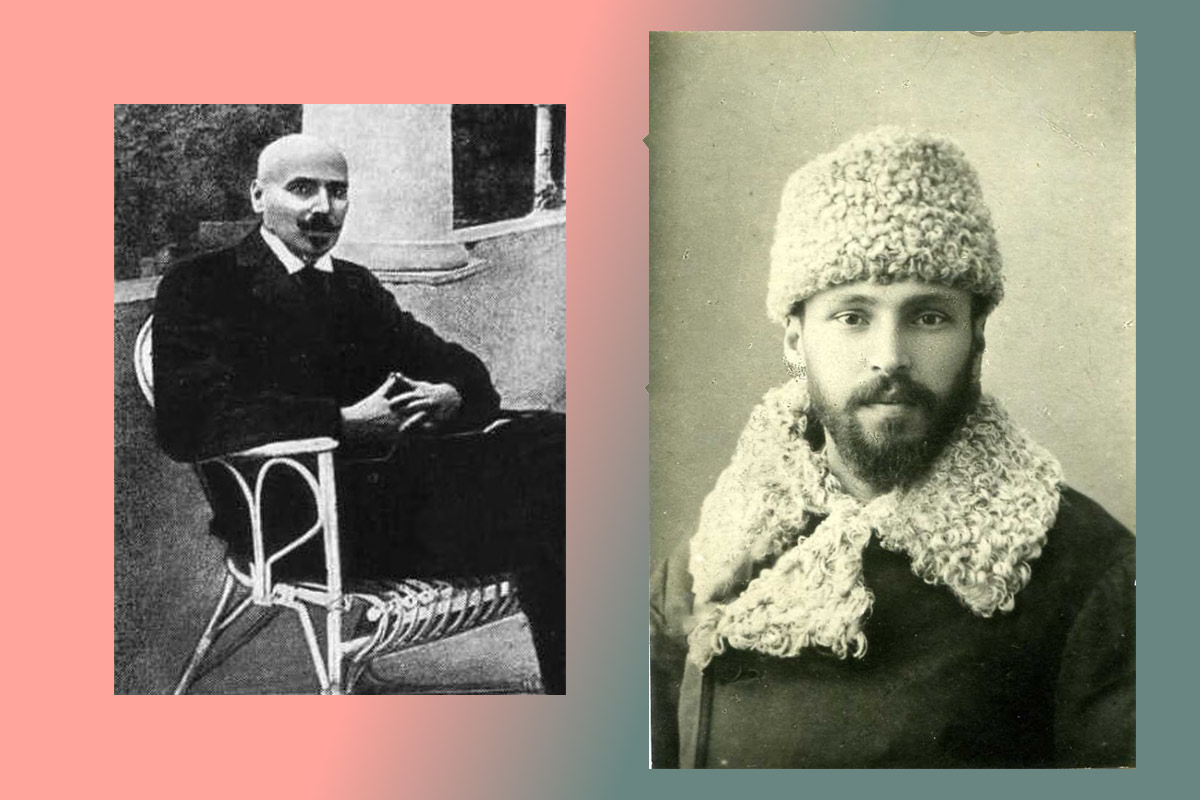
The Crimean mountains, the heat, and the rhythm of the ebb and flow of the nearby sea — these are natural forces that are no less significant to the text than human passions. Just as in “Romeo and Juliet” the hot Veronese climate becomes the main driver of the plot, so, in Kotsiubynsky’s work, the scorching air of Crimea becomes an integral character… “On the Rock” is an undeniably modern work that is as fully realized as any natural element Kotsiubynsky depicts. It is essential reading for anyone who wants to understand Crimea on its own terms.
Kotsiubynsky: The phenomenon of duality
Kotsiubynsky married in 1896. The following year, he left the Phylloxera Commission to settle in Chernihiv and work in the statistics department of the local gubernatorial zemstvo — a county institution for municipal self-government formed primarily to deal with community economic affairs. Thus, the writer was forced to lead a double life, uncomfortably combining a literary career in which he wrote in Ukrainian with clerical work in the accounting office where he had to communicate and keep records in Russian
During this time, Kotsiubynsky wrote one of his canonical texts — the étude “The Blossom of the Apple Tree,” in which the writer explores the duality of the human soul. Inspired by Kotsiubynsky’s existential quest, Mykola Khvylovy later takes up this theme, dedicating his most famous text “I (Romance)” to “The Blossom of the Apple Tree.”
The protagonist of “The Blossom of the Apple Tree” is a father whose child dies. Even in the depths of his sorrow, the man cannot stop pondering the novel he is writing.
When the protagonist’s wife cries after the doctor examines their sick daughter, the man embraces her and is ashamed when he notices his wife’s attractiveness and thinks about having more children. The springtime awakening of nature and the blossoming of trees are dissonant with the fact that their child is dying in the house — the protagonist breaks a branch off the apple blossom and goes home to arrange the flowers he’s picked around the already dead body of his daughter. He is, again, a divided man. As a father, he experiences grief. As a writer, he records every detail of the scene. He will use it to create the imagery he will incorporate into later works.
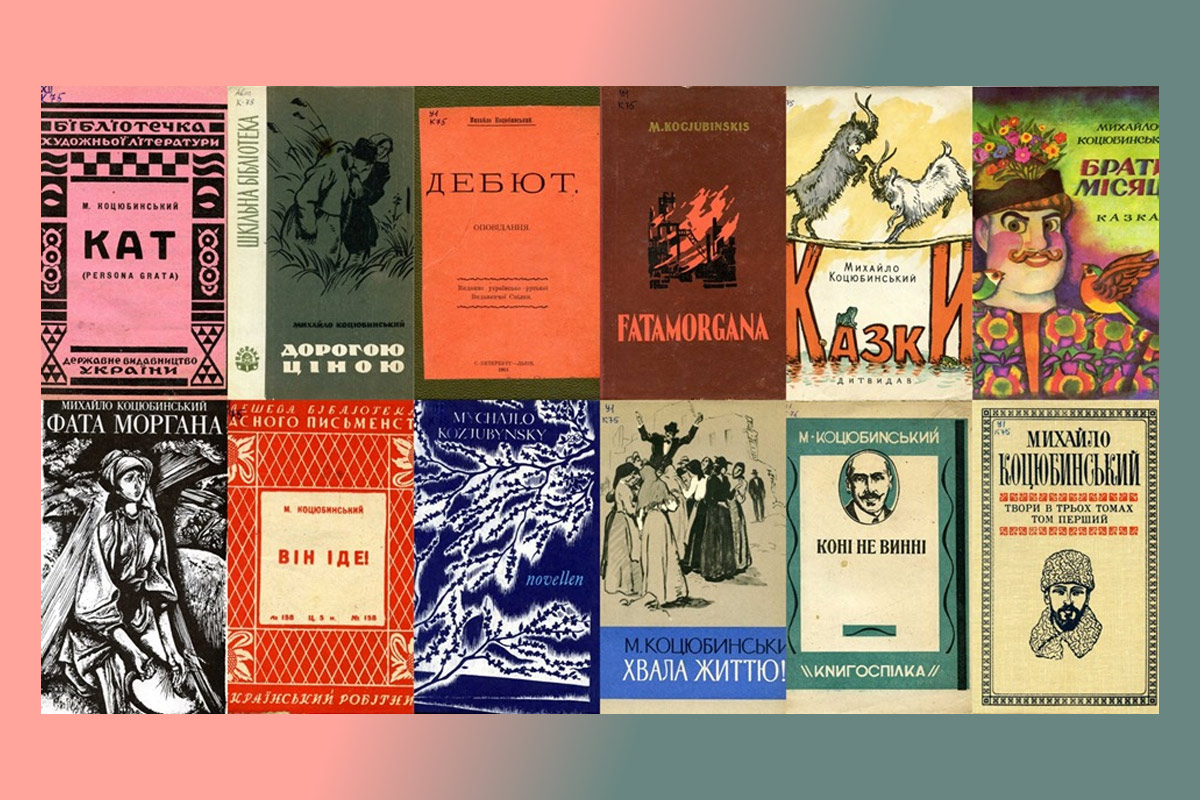
Covers of Kotsiubynsky’s various books
March 1894. Kotsiubynsky entered the room of the statistical department to inform Oleksandra Aplaksina that she had a phone call. In reality, nobody had called: Kotsiubynsky just wanted to be alone with the girl in the empty anteroom so he could try to kiss her. But Aplaksina was offended and pulled away from the writer’s embrace, which led Kotsiubynsky to send her his first note, in which he confessed his love for her.
RELATED: Big politics, love, and self-discovery in the novel “Ivan and Phoebe” by Oksana Lutsyshyna
Despite Kotsiubynsky’s persistence, it was a long time before Aplaksina responded to his advances. They did not begin seeing one another until two years later, and their illicit romance endured until Kotsiubynsky’s death.
Kotsiubynsky was continuously exhausted by the demands of work, creative expression, family life, and love. In letters from this period, the writer complains about his health, showing obvious signs of chronic nervous exhaustion. His patron, Yevhen Chykalenko, advised rest and in the summer of 1908, Chykalenko invited Kotsiubynsky to his estate in Kononivka. Kotsiubynsky’s impressions from his stay there were the basis for his lyrical novella “Intermezzo,” which became the writer’s best-known work.
Intermezzo is a “respite” text, an anthem to the restorative sun of summer that brings a sense of peace. In it, the events of 1908, including the reactionary reprisals against participants of the 1905-1907 revolution in the Russian Empire, are transformed into distant and indistinct echoes — like the remote rustle of dried ears of grain and Kotsiubynsky’s horizon narrows to just a few concerns: his fatigue, the planter’s fields in June, the sun, shepherds, a cuckoo with a lark, the “iron grip” of city life, and human suffering. They become leading actors in the story, which Kotsiubynsky lists in his “cast of characters,” creating a new and unconventional form for the novella.
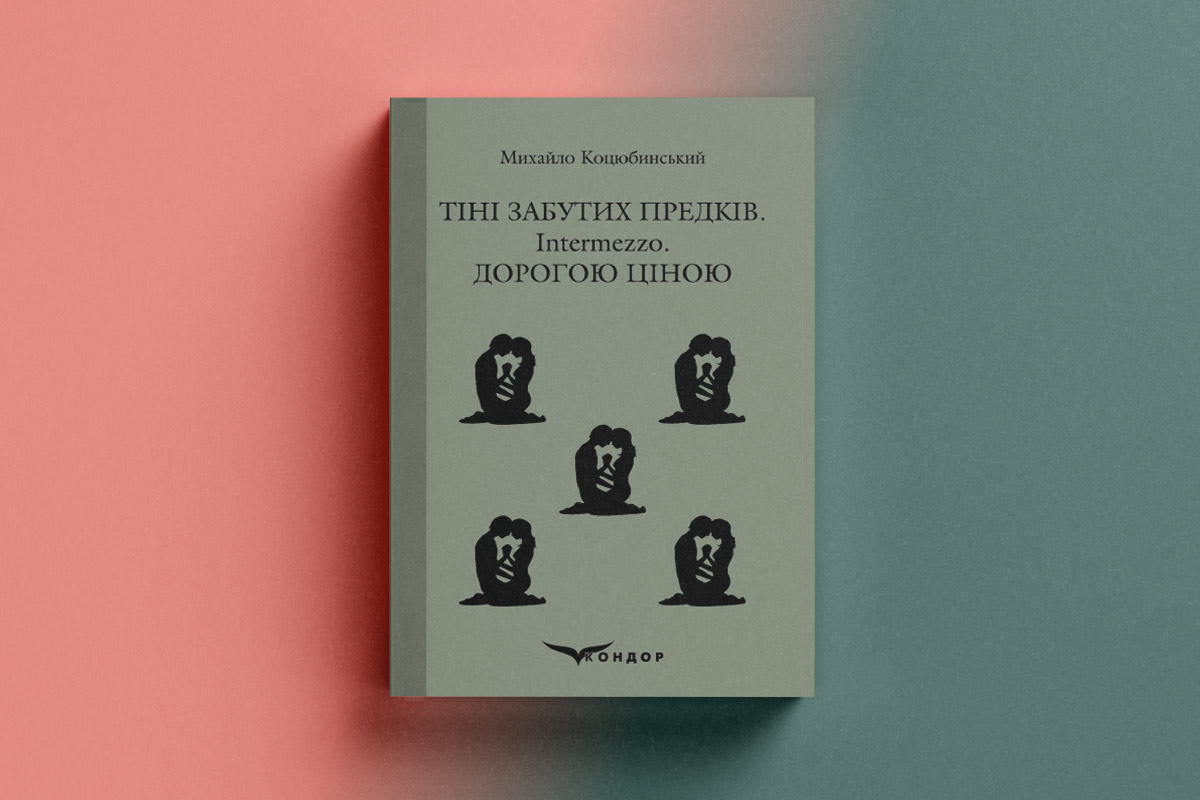
“Shadows of Forgotten Ancestors,” “Intermezzo,” and “At a High Cost” by Mykhailo Kotsiubynsky
Intermezzo is also a “stroll” text, and a “song” text that is often compared to the works of Knut Hamsun, especially “Pan” and “Hunger.” However, in Kotsiubynsky’s novella, there is greater tranquility and a heightened sense of joy.
From the Ukrainian Carpathians to the Italian Piazza
In August 1911 Kotsiubynsky traveled to Kryvorivnya, a village in the Carpathians, due to health issues. He became fascinated by the beauty of the natural landscape and the mountains, and he found his inspiration for “Shadows of Forgotten Ancestors,” a novel in which a human becomes inseparable from nature and forever bonds with the mountains. The protagonist comes of age alongside all the mythical creatures of the Carpathians and ends his life in the Underworld with the Ancestors.
The plot revolves around the tragic love story of Ivan and Marichka, who are referred to by literary scholars as the Ukrainian (often specifically Hutsul) “Romeo and Juliet.” This story initiates us into the ancient, mysterious way of life of the Hutsuls in the Carpathians: the sacred task of maintaining the fire, the ceremonial process of making cheese on a mountain pasture, the enchantments cast by molphars, and the solemn funeral games played in honor of the deceased. In this kaleidoscope of things, a recurring image is revealed: human life is transient, and therein lies its beauty against the backdrop of the eternal mountains. Renowned Ukrainian film director Serhiy Paradjanov brought this story to life in a classic of world cinema that rivals the source material.
In the winter of 1911, Kotsiubynsky went to the Italian island of Capri again due to health issues. In his letter to Mykhailo Mohylyansky on the 14th of January, he writes that he is ”thinking about trying to write something about Capri — it should be some impressions, pictures, sun, sea, nature, and a bit about the human beings who love all this.” This is where he found inspiration for the novel ”On the Island.” A tourist sits at a town square and listens to exclamations in other languages, enjoying the sunny weather. He invents love stories from random glances and is delighted by the diversity of plants and fish at the seaside. He becomes fascinated by agave in particular, which blooms only once in its lifetime — “This is the secret of agave: it’s blooming to die and dying to bloom.”
“Opening windows in the morning, every time, I see a row of blooming agaves. They stand erect, slender and tall, wearing their crowns of death on their forehead, and greet the faraway sea.
Ave, mare, morituri te salutant!…”
Kotsiubynsky wrote these words in 1913 after returning to Ukraine.
His health grew worse, his asthma exacerbated, and his heart could not accommodate the increased workload. Kotsyubinsky, who was also tormented by insomnia, could no longer get up from his bed.
He died on April 25, at only 48 years old.
RELATED: Mykola Zerov: the Myth
And what now?
After his death, the works of Mykhailo Kotsiubynsky entered the canon of Ukrainian literature. Vinnytsia and Chernihiv museums have been opened in his honor where the writer’s oeuvre is honored annually. Monuments to Kotsiubynsky have been erected in Kharkiv and Vinnytsia. Every Ukrainian who studied literature in school will recall Kotsiubynsky as a master of impressionistic prose.
The trove of world literature would be significantly poorer without Mykhailo Kotsiubynsky’s contributions. He was a man who never studied at university but knew nine languages. He was an aesthete who was passionate about flowers and enjoyed fine food. An unparalleled impressionist, he described both the exotic and the mundane with equal mastery.
The publication is a part of the “Chytomo Picks: Classics and New Books from Ukraine” project. The materials have been prepared with the assistance of the Ukrainian Book Institute at the expense of the state budget. The author’s opinion may not coincide with the official position of the Ukrainian Book Institute.
Team of authors: Daryna Chupat, Nataliia Kushnirchuk
Translation: Polina Hrychanyk, Nataliia Firsova
Copy editing: Lesia Waschuk, Terra Friedman King
This publication is sponsored by the Chytomo’s Patreon community

